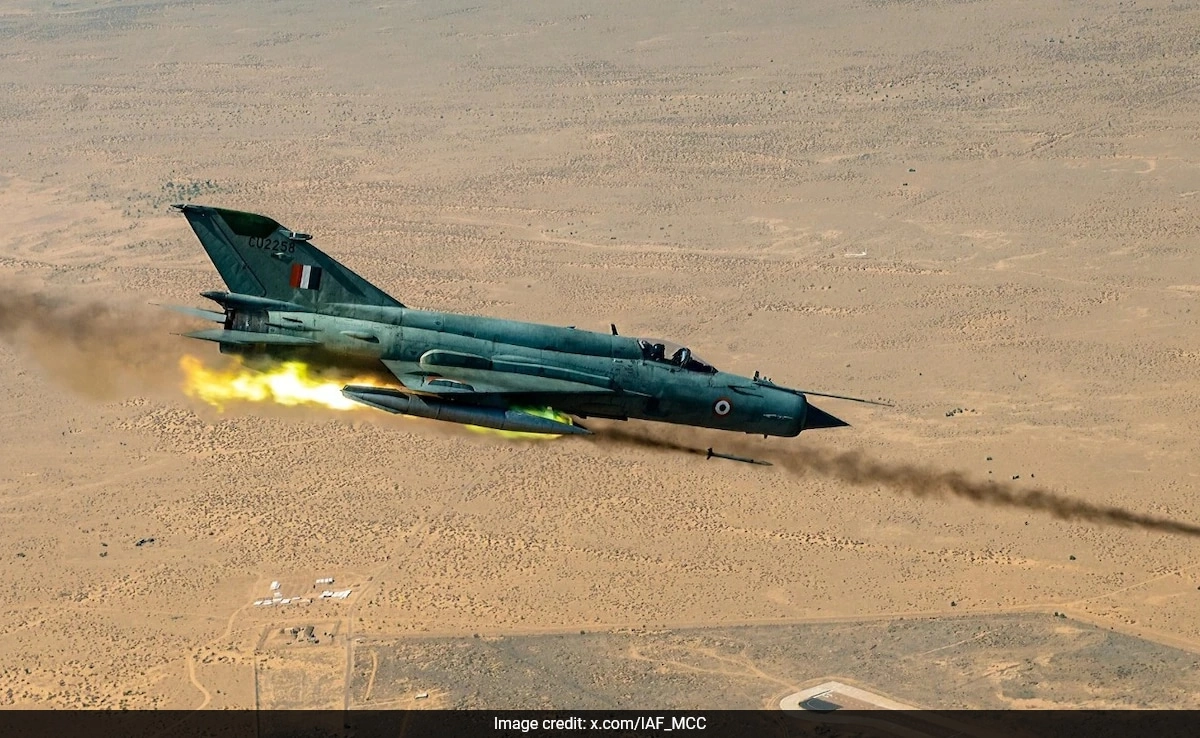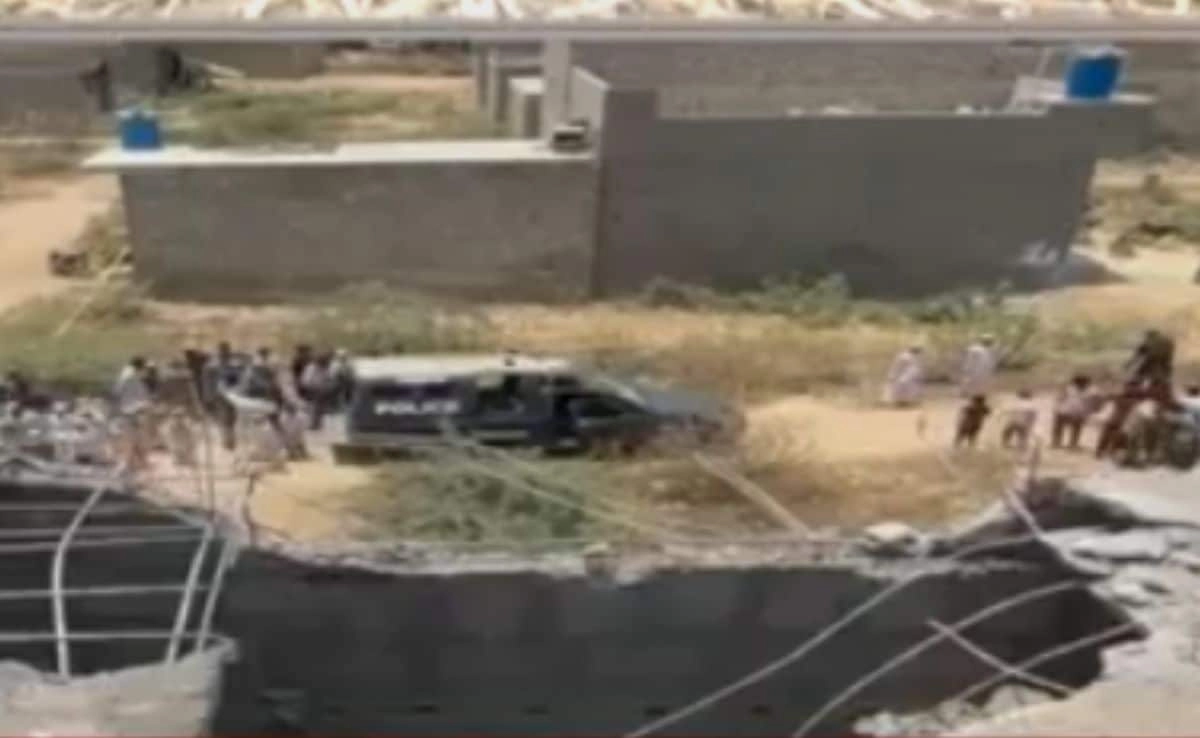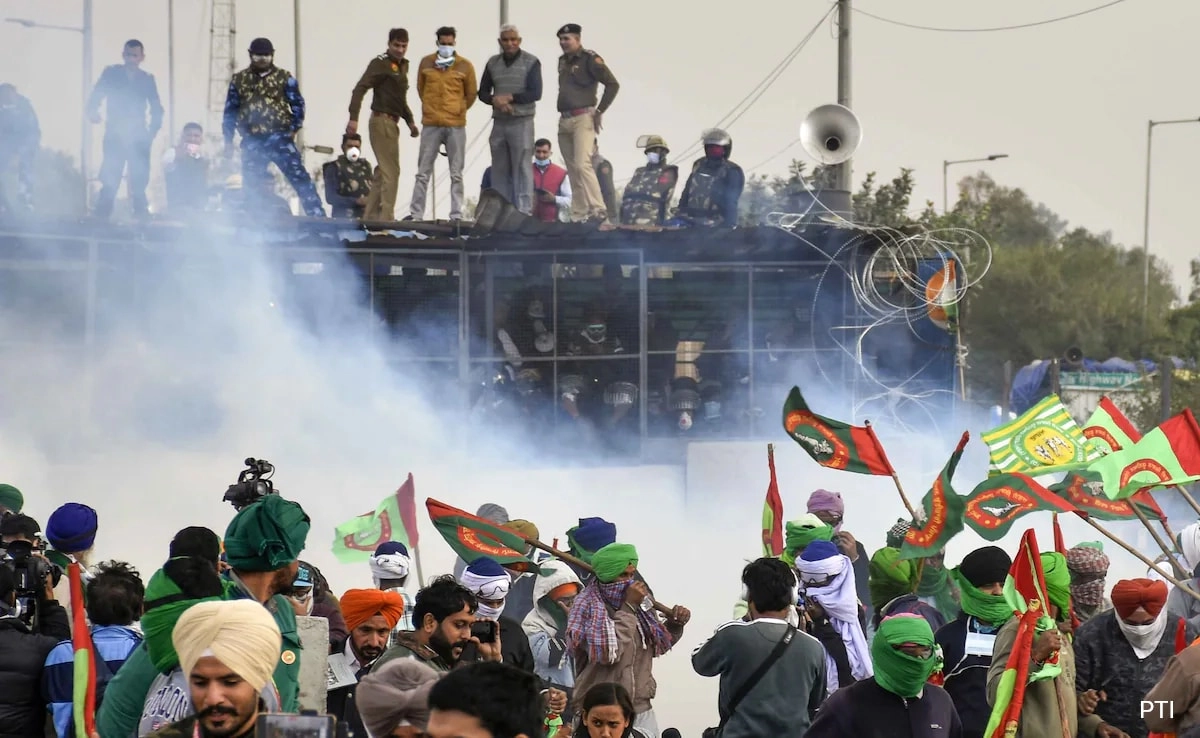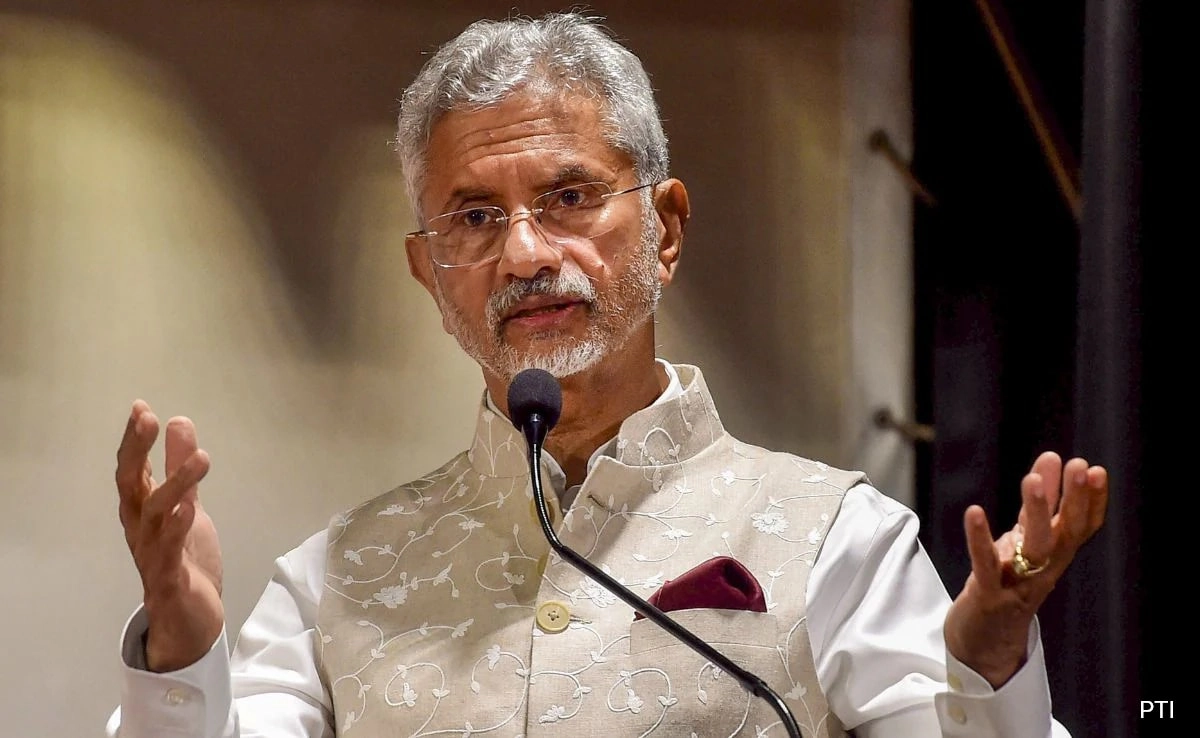The MiG-21, a supersonic fighter aircraft, has been a cornerstone of the Indian Air Force (IAF) since it was inducted in 1963. Originally designed by the Soviet Union, this aircraft has earned a reputation for its remarkable agility and speed, making it a formidable presence in the skies. Over the decades, the MiG-21 has undergone several upgrades, ensuring its continued relevance in modern aerial warfare. Its role in various conflicts, such as the Indo-Pakistani wars of 1965 and 1971, has solidified its position as a significant contributor to India’s defense capabilities.
One of the defining characteristics of the MiG-21 is its versatility. It has been utilized for a myriad of missions, ranging from air superiority and ground attack to reconnaissance and training. The aircraft’s simple design and relatively low maintenance costs have made it an attractive option for the IAF, especially in the earlier years when resources were limited. Furthermore, the MiG-21’s high thrust-to-weight ratio and delta wing configuration allow it to perform exceptionally well in dogfights, thus making it a favorite among pilots.
However, the MiG-21 has also faced its share of challenges. Despite its impressive performance, the aircraft has been criticized for its aging technology and safety concerns, particularly in recent years. Numerous accidents and incidents have raised questions about its operational viability, prompting discussions about phasing it out in favor of more advanced platforms. Nevertheless, the MiG-21’s legacy is not merely defined by its shortcomings; it represents a significant chapter in India’s military aviation history, having trained countless pilots and serving as a reliable workhorse for over five decades.
As the IAF looks to modernize its fleet with advanced fighters like the Rafale and indigenous Tejas, the MiG-21 will inevitably be phased out. However, its contributions to national security and its role in shaping the IAF’s operational capabilities cannot be overstated. The aircraft has not only been a tool of defense but also a symbol of resilience and innovation in Indian military aviation. Its legacy will continue to influence future generations, as the lessons learned from its service will inform the development of new aircraft and strategies in India’s quest for air superiority.




